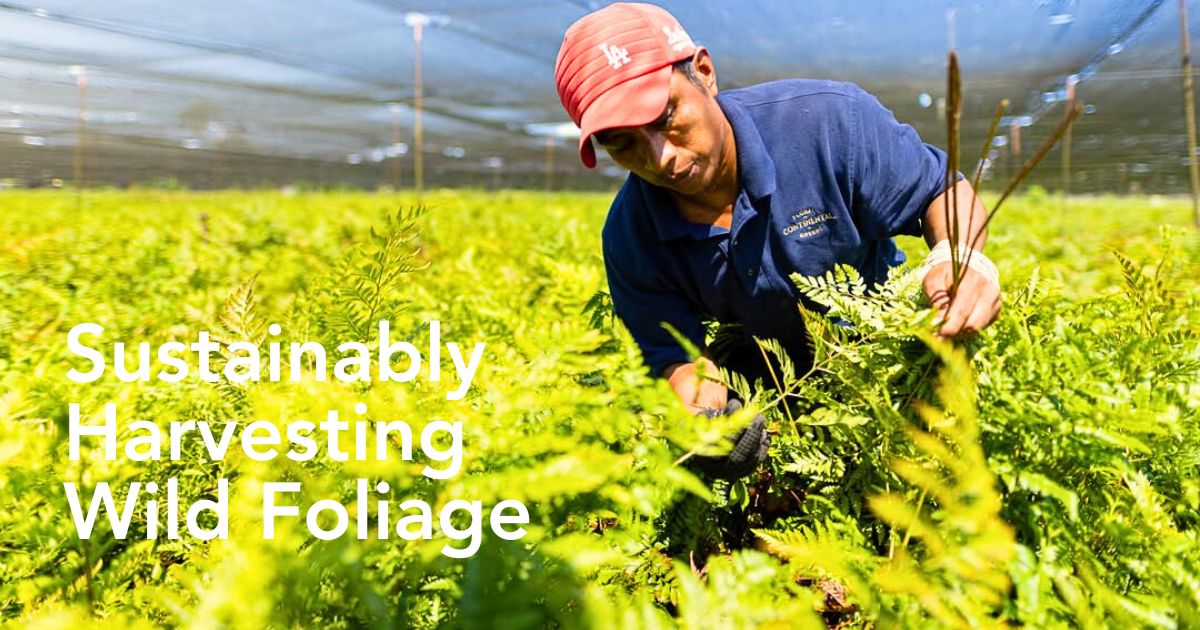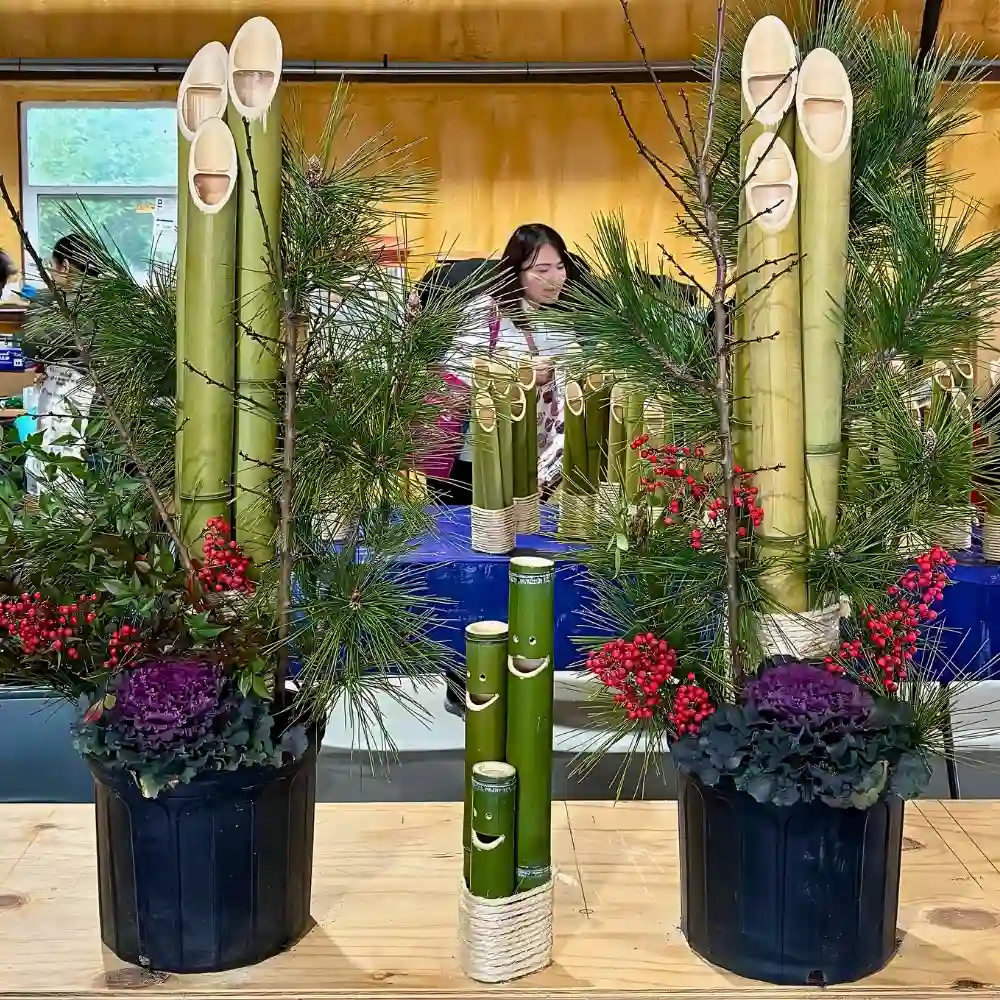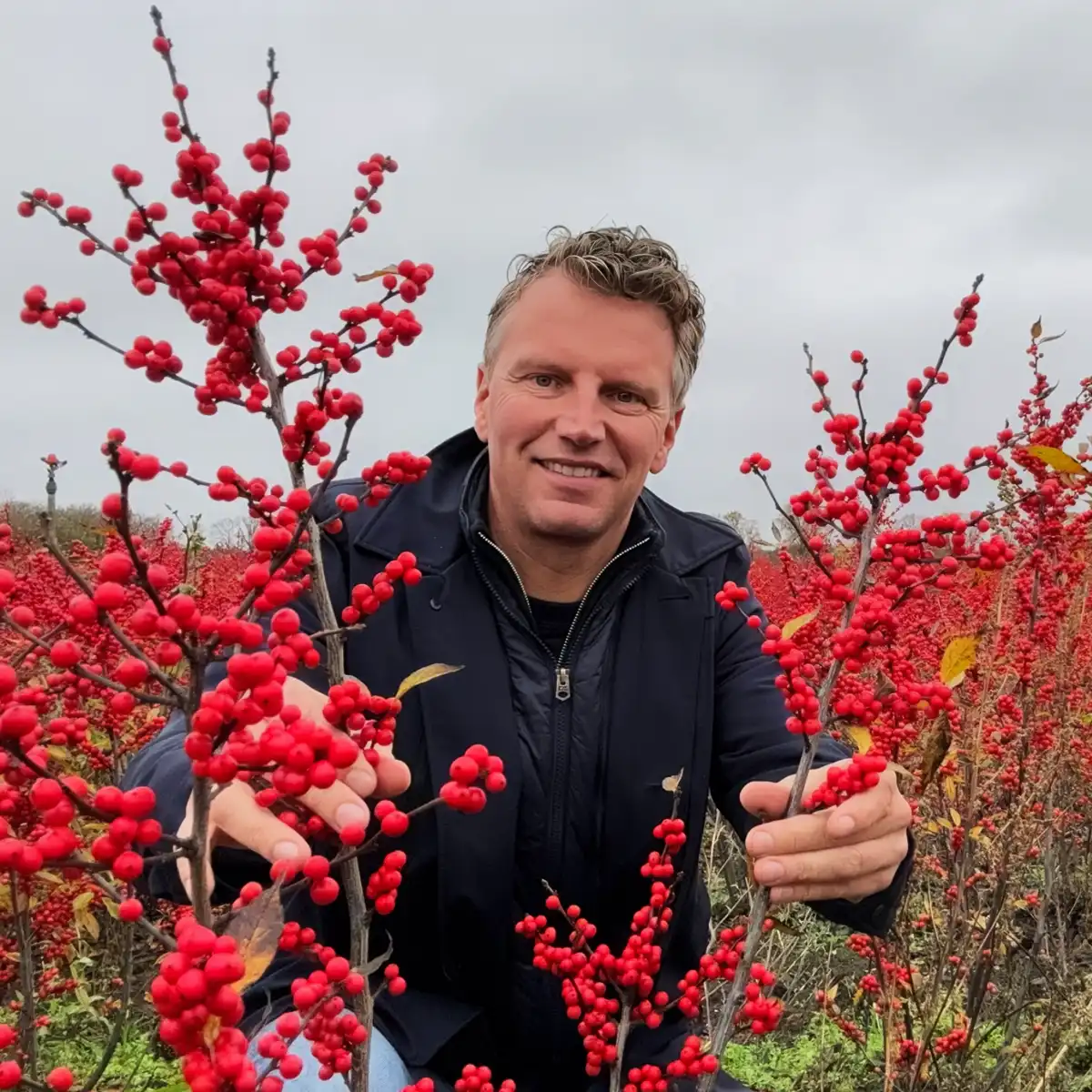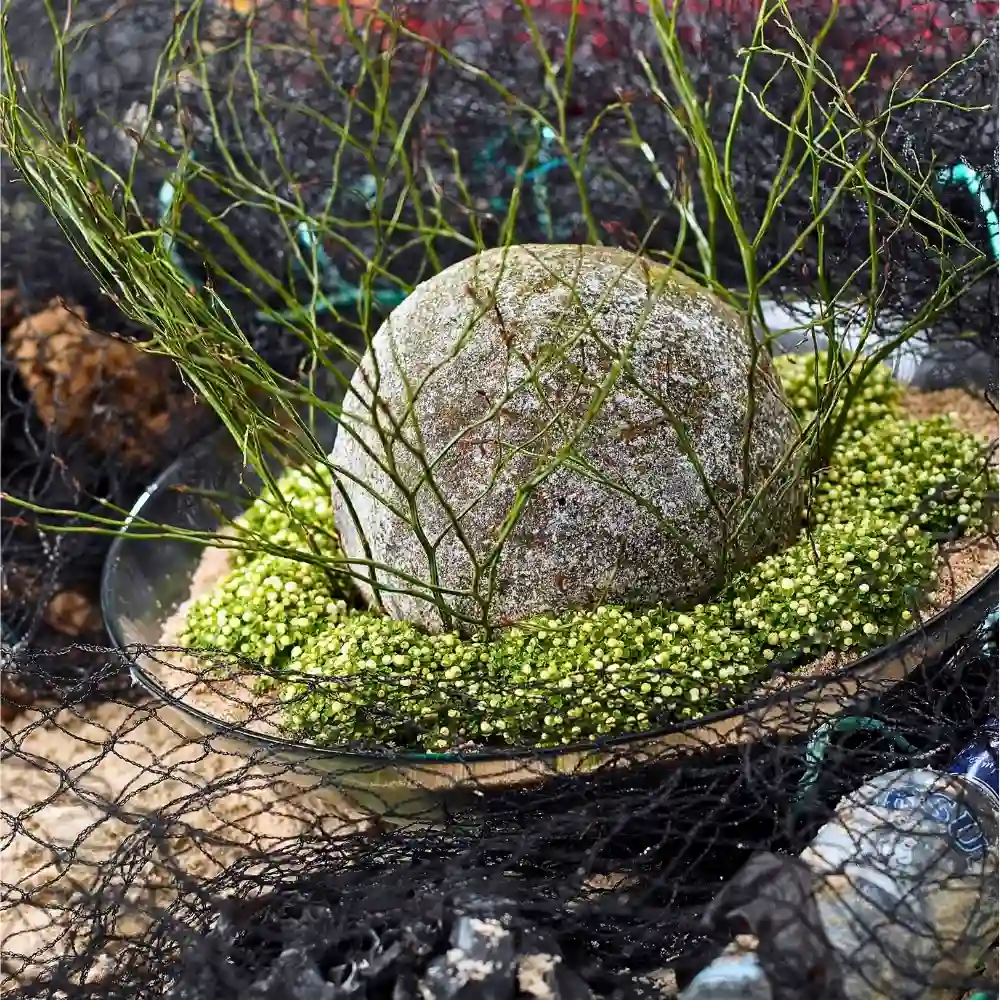Wild-harvested foliage has in recent years become an integral component of the global floral industry. It adds texture, volume, and natural beauty to arrangements. The wild foliage harvesting industry represents a significant economic force, with international exports valued at more than $0.75 billion. Wild foliage enhances commercial bouquets while supporting rural livelihoods. For many such communities, wild foliage harvesting provides essential income opportunities. In some regions, such as parts of China where Schisandra berries are collected per sustainable standards, this practice contributes considerably to annual village income.
With the activities taking place anywhere from mountain slopes to jungle floors, harvesting of wild foliage or decorative greens has been out of the scope of the Floriculture Sustainability Initiative's (FSI) sustainable sourcing guidelines. While several growers have taken up its cultivation, with the growing global demand increasing, sustainability concerns have emerged concerning harvesting foliage growing in the wild, making responsible harvesting practices more critical. Let's, therefore, take a moment to zoom in on what can be done to preserve these floral products' sustainable harvesting.
First, Are There Environmental Impacts of Wild Foliage Harvesting?
Excessive wild foliage harvesting presents some environmental risks, especially when conducted irresponsibly. Removing plants from their natural habitats can disrupt fragile ecosystems and threaten biodiversity. In many regions, harvesting wild plants is heavily regulated. But sometimes unregulated collection continues. This is particularly concerning as studies indicate that 60-90% of medicinal and aromatic plants in trade are collected from the wild.
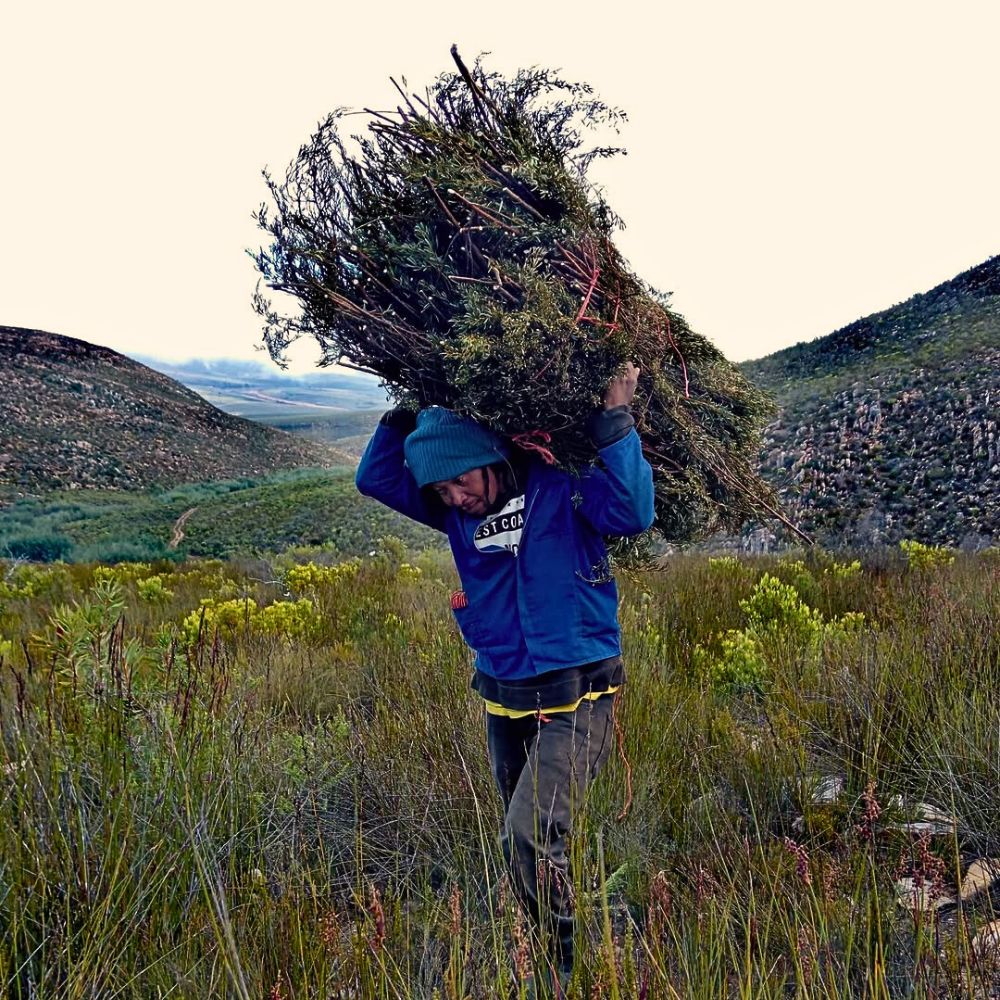
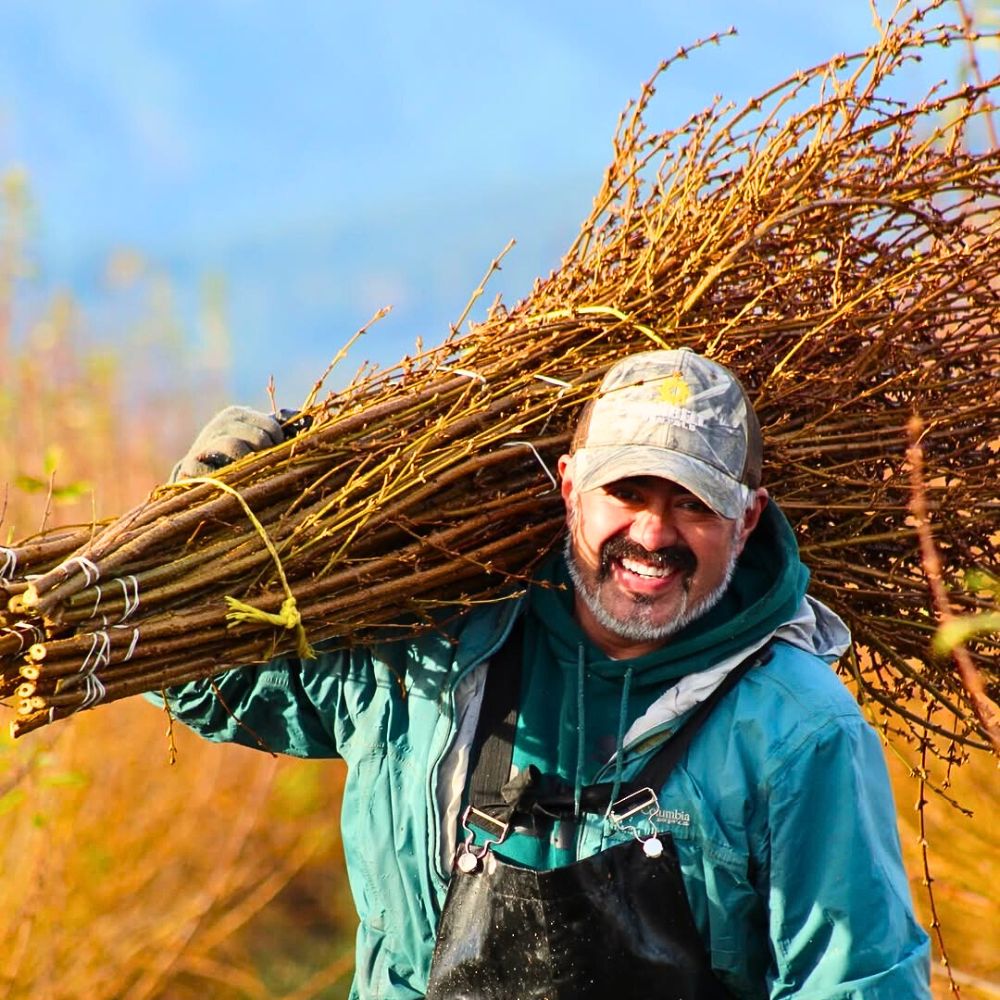
Over-harvesting of these floral products from the wild can also drastically reduce plant populations. Research on wild edibles like fiddleheads has shown that heavy harvesting significantly reduces frond production in subsequent years. These impacts are magnified when entire plants are removed rather than selective parts being harvested sustainably.
Why Sustainability Is Essential in This Practice
The floral industry faces increasing pressure from consumers and regulators demanding transparency about environmental and social impacts. Currently, wild-harvested products often lack standardized assurance systems, creating reputational risks for retailers and wholesalers. Implementing sustainable practices is not just environmentally sound—it's becoming a business necessity. Sustainable wild harvesting can actually promote conservation. When communities derive economic benefit from intact ecosystems, they have stronger incentives to protect those natural resources. This 'sustainability-through-use' approach can help preserve biodiversity while supporting local economies.
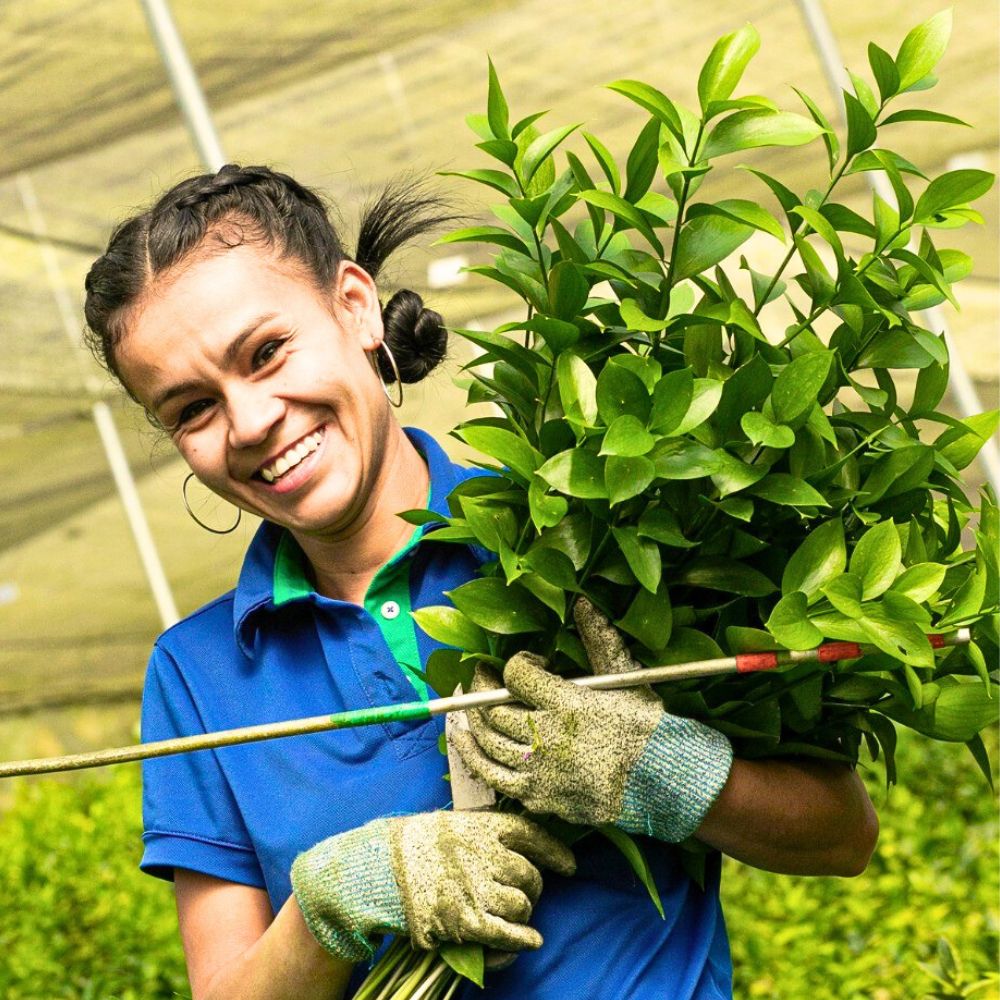

Sustainable wild harvesting requires understanding plant biology and applying appropriate methods. Research indicates that limiting harvest to less than 50% of a plant can minimize long-term impacts. For species like wild leeks, harvesting only leaves while leaving bulbs intact allows plants to reproduce vegetatively. The floral industry is increasingly embracing broader sustainability initiatives, and these approaches can enhance wild foliage while supporting local economies and reducing chemical use.
Improving Wild Harvesting Practices and Transparency in the Floral Chain
None of the approved certification schemes makes allowance for wild harvesting practices. That is why a few years ago, a consortium of FSI members and partners, comprising leading organizations like Coloríginz, which is part of Dutch Flower Group, Westland Bloemen Export (WBE), Adomex International, and Floral Trade Group, established a focused project to research the possibility of developing a mutual scheme for wild harvesting of foliage.
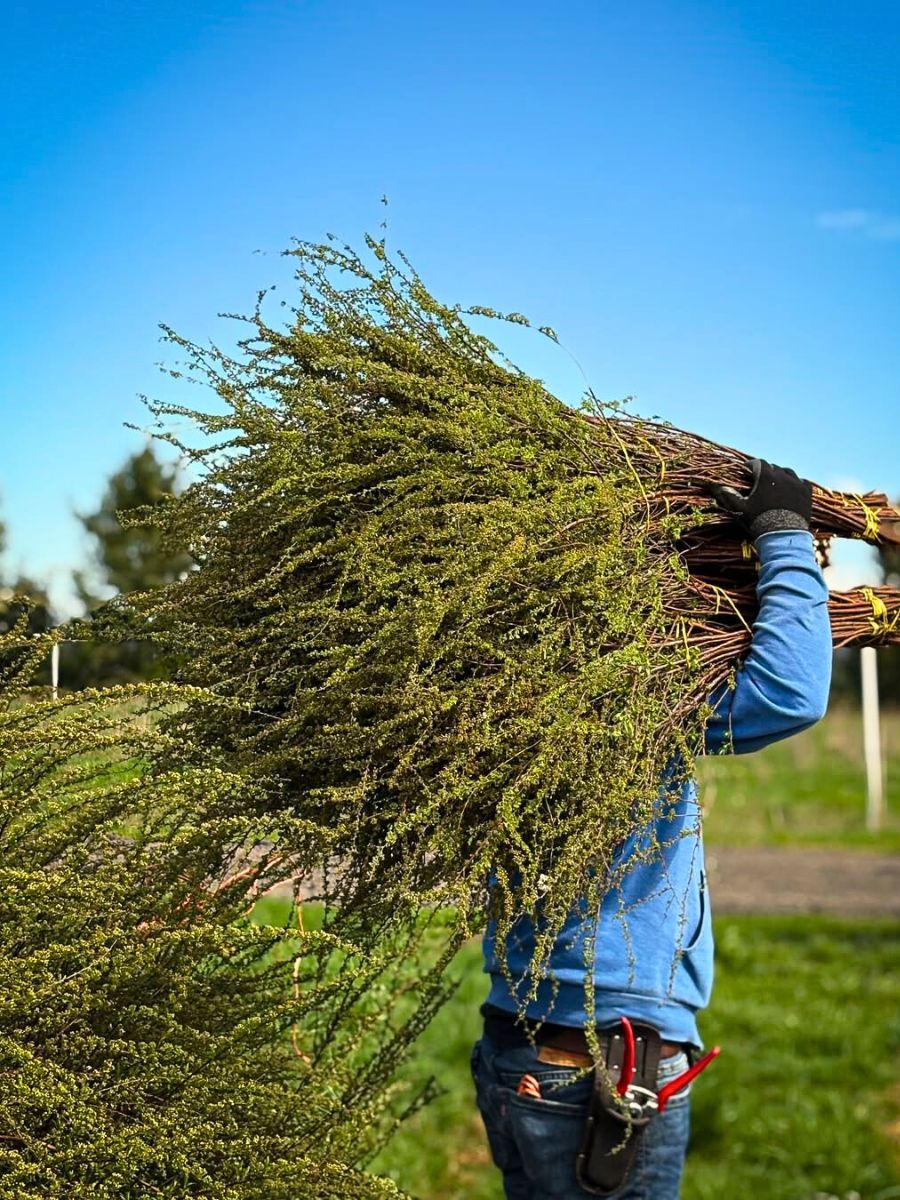
More Transparency and a More Sustainable Floral Chain
The goals of the research were to analyze the risks in the supply chains of wild-harvested floral products, to identify a roadmap for reducing the sustainability risks in these supply chains, and to examine the role of assurance programs in promoting sustainable wild-harvested flora. This would benefit the floriculture sector as better harvesting practices could also significantly contribute to efforts to conserve vulnerable landscapes. Harvesting in line with good practice could also have a net positive effect on climate change through natural carbon sequestration, and also help to safeguard livelihoods in rural areas where wild harvesting is undertaken.
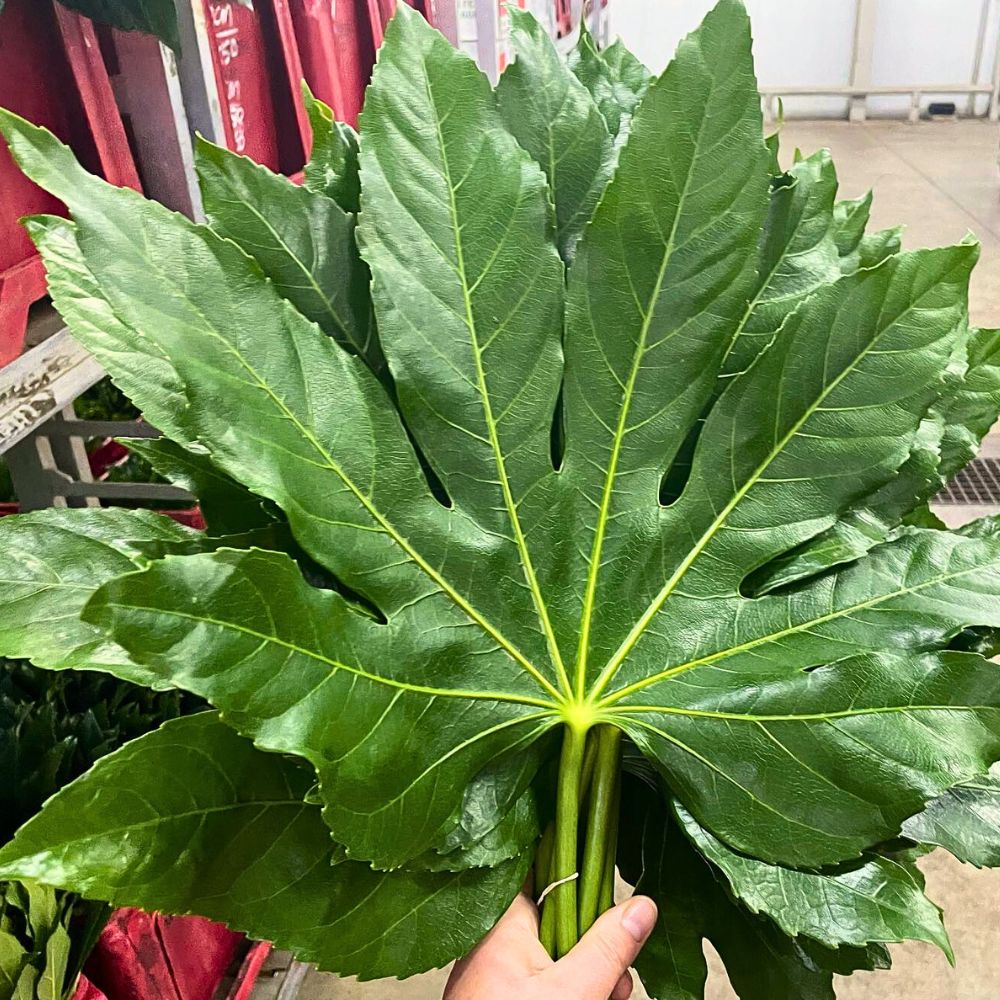
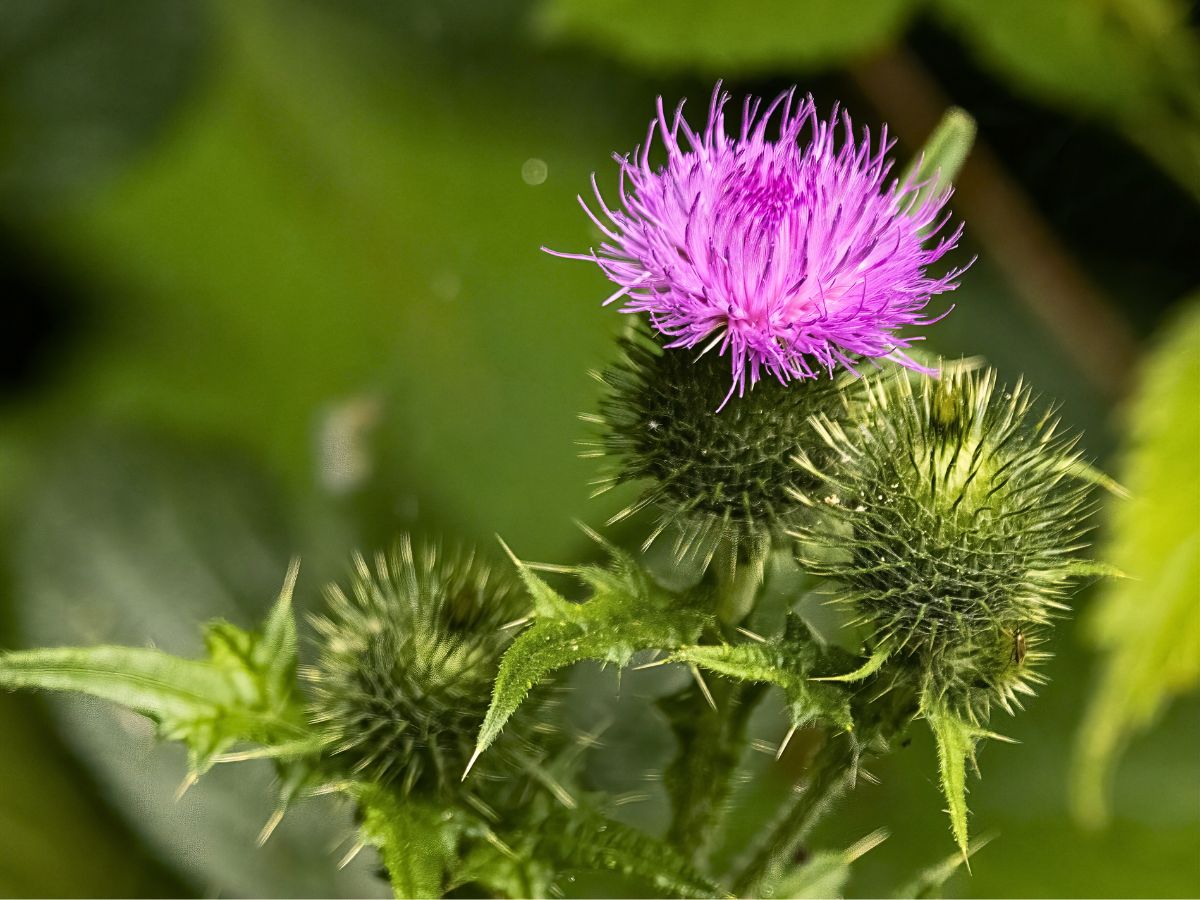
About the Research and the Project
The research was being spearheaded by Associate Prof. David Bek, a co-lead of the Sustainable Production and Consumption cluster in the Centre for Business of Society at Coventry University, UK. He has a track record of research focusing specifically on sustainability within agri-commodity value chains. In addition, the project was being co-funded by the Sustainable Trade Initiative (IDH). As a general approach, the working group performed a sector mapping to determine and quantify the key areas and relevant product groups, performed due diligence to identify the scale and structure of the wild harvest supply chain, and determined what was already being done on sustainability and what a preferred outcome would look like (gap analysis).
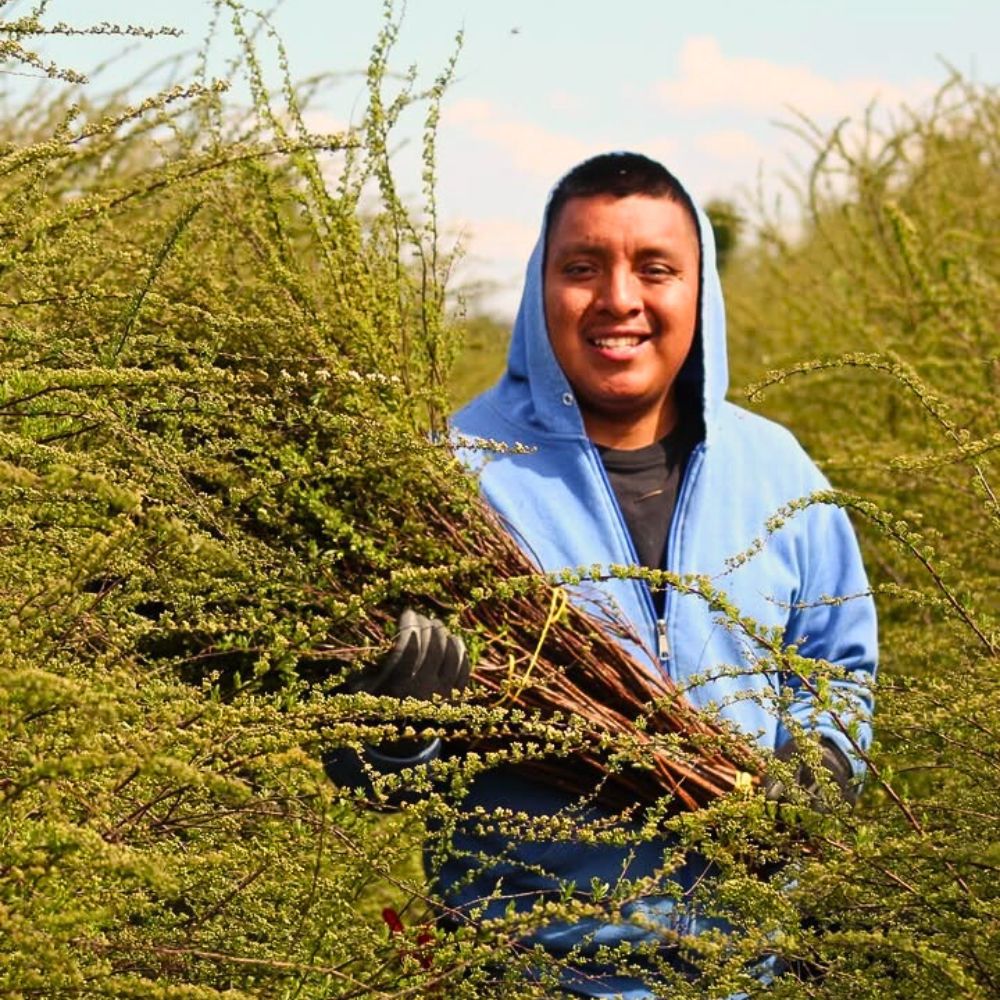
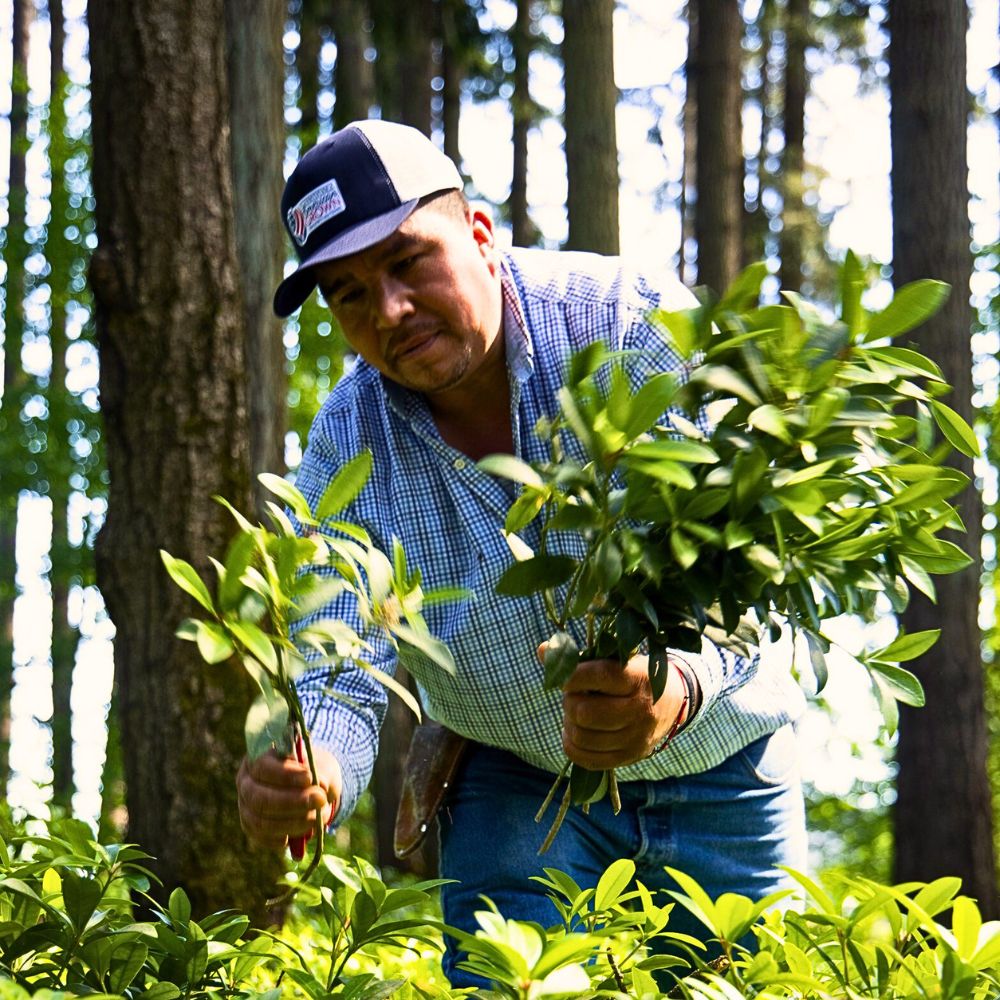
Based on their findings, the project group consulted with the market and major sector stakeholders (including certification schemes) on approaches to bridge the gap and set a roadmap for further implementation. All parties were fully committed and looked forward to developing a solution to this challenge. The project had a timeline of three years with an evaluation of the research at the end of the first year in order to identify a way forward.
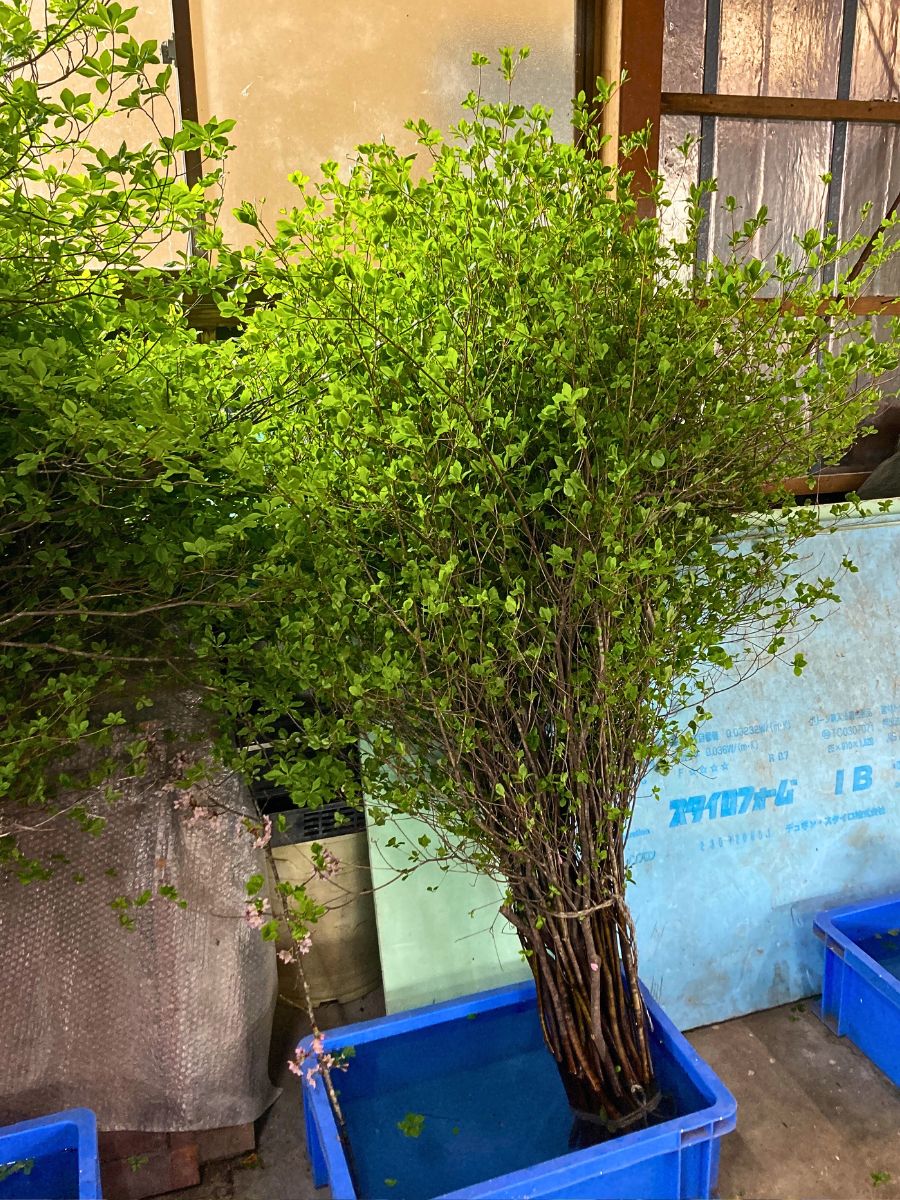
While the full impacts of this specific research project continue to emerge, related initiatives demonstrate that well-designed tools and training programs can significantly improve sustainable wild foliage harvesting practices on the ground, benefiting both ecosystems and the communities that depend on them.
Feature and header images by @cfgreens

